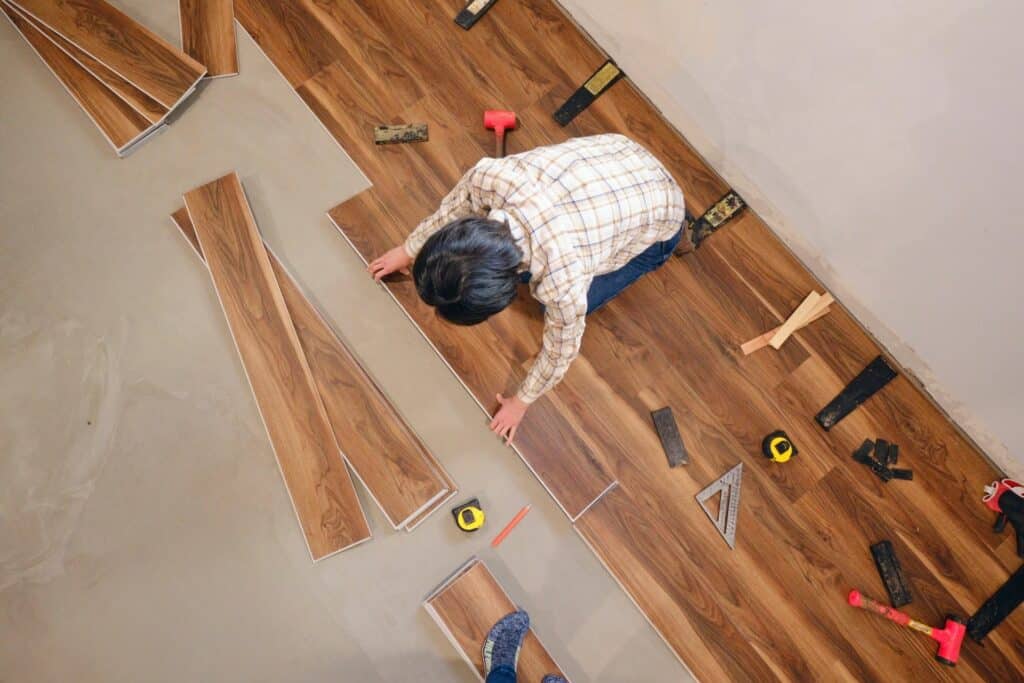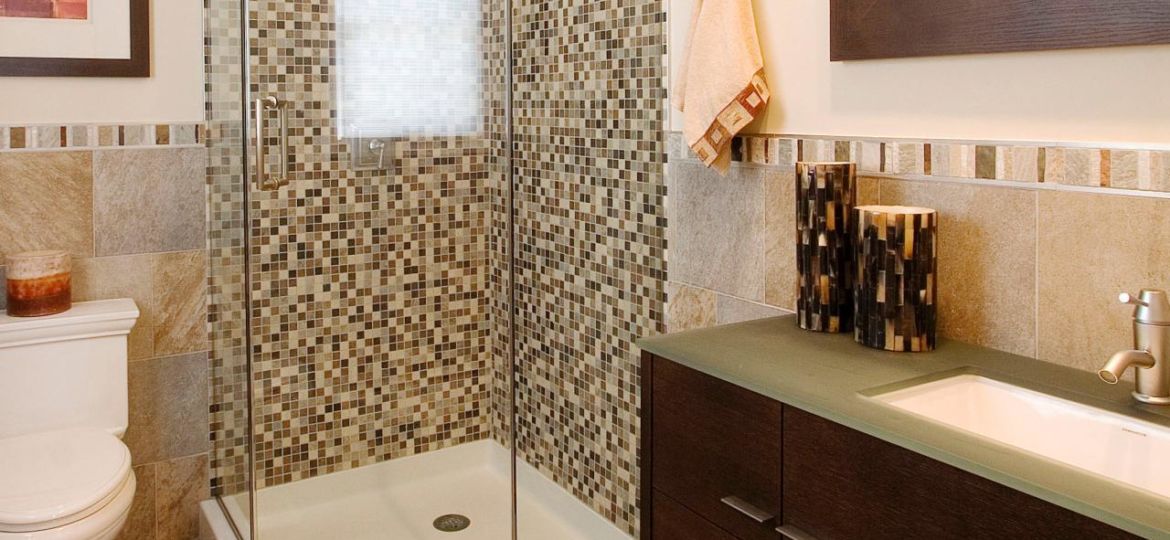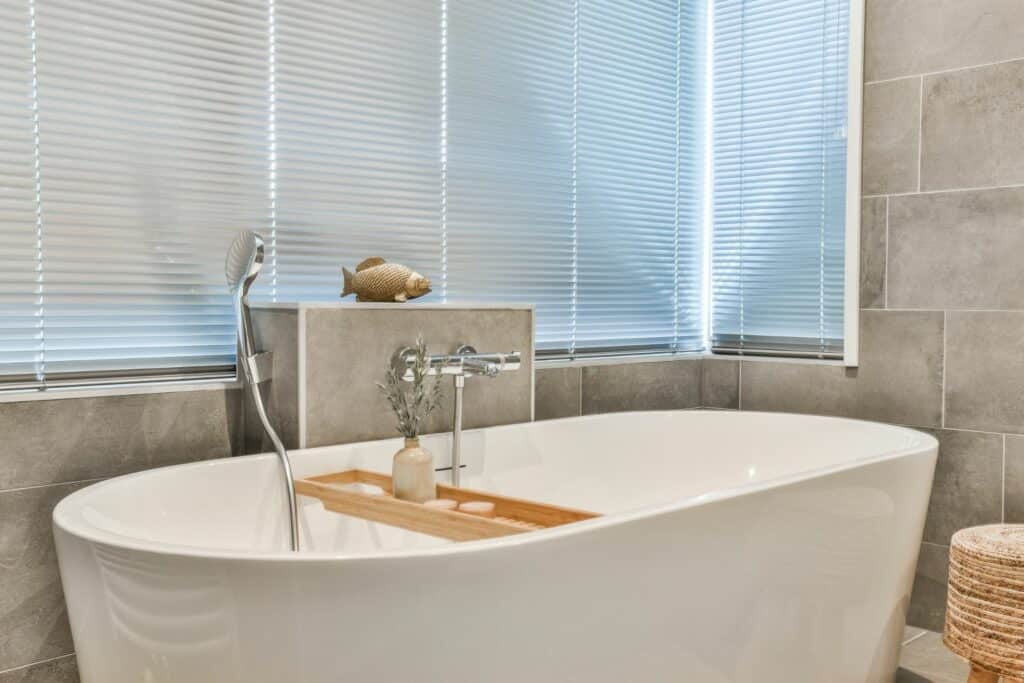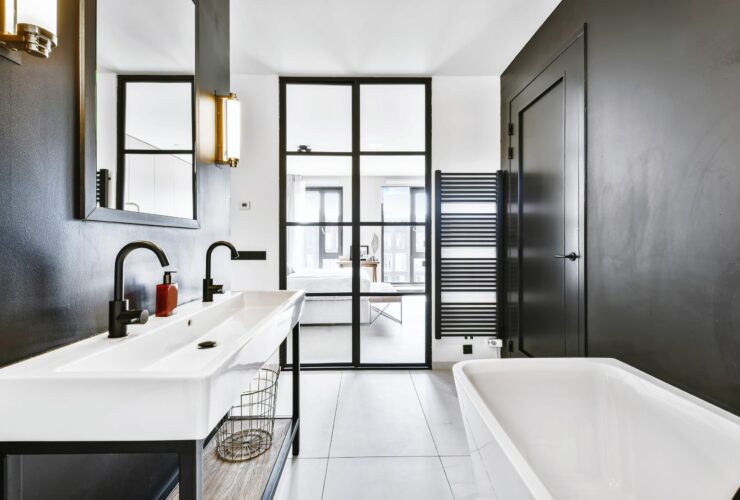Bathroom remodeling can be suitably defined as one of the more challenging home improvement projects. But on the other hand, the project pays off in terms of resale value very well too. In fact, it will be apt to say that it has a great pull for prospective buyers.
But because it’s a challenging AND important task, it definitely requires skilled hands to handle at least some aspects of the project. The good thing is that there are a few things you can easily DIY. For the others, however, you are better off trusting a professional remodeling company.
And besides, it’s only a professional that can tackle the unexpected surprises that arise during the process. Take, for instance, the rusted and rotten pipes that are about to give way or suddenly revealed leaks that need to be repaired. Then there are those wet black spots on walls that point towards mold, or the rattling sound some plumbing lines make. Besides, a little knowledge can be a dangerous thing. Going exclusively DIY in bathroom remodeling may prove dangerous later on.
Then there is the time aspect as well. You can’t close the access to the bathroom for months together, can you? A DIY job entails at least a period of six months because you will be juggling work, family and this project all at the same time. Is that even feasible in most urban homes?
But hey, if you have an extra bathroom, it’s a different story altogether. You can have fun with the project and minor delays shouldn’t throw you off balance either.
So how do you proceed? It’s simple. See what tasks you can do yourself without injuring yourself or your property. Hire the remodeling company for the rest.
The blog below is a checklist for the different aspects involved in bathroom remodeling. It gives a detailed overview of the factors you must consider before you go either way.
But first, let’s talk about the main reason people go for DIY: saving money.
Costs of a Bathroom Remodel
Before you plan anything, you need to have an idea of the difference in the cost of both types of remodeling.
The cost of bathroom remodeling will fall somewhere between $3,000 to $30,000. Within this range, expect to pay the contractor anywhere between $5,000 to $15,000, depending on the bathroom size. The cost of fancy materials, the fixtures, repairs, and other changes is extra, of course.
On the other hand, a DIY bathroom remodel typically ranges between $1,500 to $10,000. This comes out between $70 and $100 per square foot, provided you don’t go overboard with the fixtures. Despite the cost of the materials, DIY remodeling brings down the total cost by 50% as you save on the labor charges.
It stands to reason that you may be able to significantly cut down the cost by taking the project in your hand. But remember, there is a limit to what you can do. Of course, getting the work done from someone else has its upsides too. It means you get to relax and enjoy a hassle-free remodel. Plus you save so much time. The decision is all yours.
The Time Factor of a remodeling Project
This one is the simplest to fathom. In fact, over the years, we’ve heard and read about so many DIY projects that went up to six months or more. Honestly, do you really have that kind of time?
Let’s face it. You don’t have a crew that’s trained to do a specific job. As a DIYer, you can only do so much when you look up tutorials on YouTube. Besides, you need to be realistic. You cannot block your bathroom for as long as it takes, especially if you do not have a spare one. Most professionals, on the other hand, will be able to take on the project from the design stage itself and deliver within a few weeks.
But hey, as we said, it’s possible to have a mix of both. Just be sure not to take on too much.
Different Aspects of a Remodel
1. Installing Flooring
Bathroom floors are treated to kicks from all sides! From pets with dirty paws to scrubby kids that make you wish you could give them out for dry cleaning — your bathroom floor has to put up with a lot. As a result, you need to look for a flooring material that is durable enough to handle all that. We are talking crazy traffic and moisture.
Once you have the right material, however, only then you can know if this can be a DIY project. It all depends on the material itself. For instance, when it comes to DIY installation, ceramic and porcelain tiles may be difficult to handle. However, it’s not the hardest thing in the world; provided you have the right tools and expertise. The same can’t be said for hardwood or natural stone flooring.
Other DIY flooring options are laminate plank and peel-and-stick vinyl tiles. Once you decide upon the flooring you want, you will need a number of power tools to tackle the job, though. You can probably even rent them online. All you need is a maximum of three days to get your handiwork ready.

2. Painting Your Bathroom
Most DIYers love this one. It’s fun and even children can help out.
Besides, you can actually cut your overall budget by $380 to $800 by taking it upon yourself. Just take care that you do not disrupt the overall flow of the project, and that’s it. As long as you cover the vanity, toilet, etc (to avoid splashes of paint), it’s all good. If you are still unsure, you can always speak to your contractor.
3. Relocating the Toilet, Shower, Tub or Sink
This is one task that involves a serious playing around with the plumbing lines, and is in NO WAY a DIY project. There are too many complications involved. There are cracks to deal with, holes to fill and gaps to cover. Trust us — you don’t want to damage the structural integrity of your bathroom by taking on this one yourself. It can prove to be a complete disaster or worse, dangerous later on.
4. Plumbing and Wiring Installation
Agreed that you are your home electrician cum plumber. However, even the die-hard DIYers avoid this aspect of remodeling, leaving the work to the hands of the experts.
It’s a different story if you are a plumber or an electrician yourself. If not, let the professional plumbers and electricians deal with this aspect, who by the way, are only too familiar with these issues. Besides, they are aware of the local code requirements which are a must if you planning for a bathroom remodel.
5. Installing a New Tub
As a DIY project, installing a tub will cost you peanuts as compared to getting the job done by a professional. But what about the complications involved?
This is a complex task that asks for a high level of expertise in plumbing to fit the fixture in the right place. There are a number of plumbing considerations that need to be taken into account too. You need to check the seal for water tightness, and the pipes need to be connected properly and so on.
Now, say, you manage to remove the old tub. If the new tub has the same orientation as the last one, you can go ahead with the job. What if the size or shape of the new tub is different from the older version? Will you be able to handle it? What if the drain is on the opposite side? In the situation, you will need to modify the existing pipes and also retile the tub surround or redo the waterproofing over the drywall. It’s a hassle, really. Moreover, you need to be well equipped with specialized tools for the job which normally are not a part of any homemaker’s toolkit.
6. Installing a Heated Floor
You should be fine doing the basic tiling by yourself as long as you know the know-how of the trade. However, when it comes to installing floor heating — it involves all kinds of electrical setups that are best handled by the professionals. Again, this work requires a great deal of expertise and can be risky if done shabbily.




